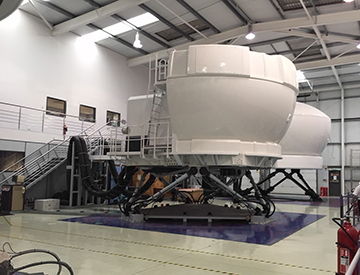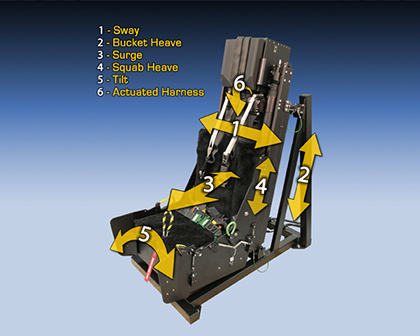
Many simulator motion platforms are gigantic and need big support buildings.
To be honest, motion platforms for simulators can cost millions of dollars. Those long actuator legs are not cheap and must support, and move, a lot of weight. Often, the entire simulator with cockpit and the visual system are perched up on the platform. The simulator will contain very expensive electronics including projectors that are heavy. Consider that all those electronics are moving and shaking on the platform. Perhaps constant shaking isn’t optimal for electronics?
Cost and complexity don’t stop with the platform itself. Motion platforms can cost millions more in infrastructure costs. Many simulator motion platforms are gigantic and need big support buildings. The actuator legs may need special floors stressed/reinforced for massive, dynamic loads. Motion platforms often need a drawbridge to reach the elevated simulator then fold away. That’s more cost and complexity.
For many customers, cost and complexity counter their training needs and budget. Motion Seats can be great, budget-saving, motion cueing alternatives for simulators.
Motion seats fit right into the cockpit in the same envelope as the actual seat. They look, feel, and function like the actual seats. And, all the motion occurs inside the seat itself. No need to elevate or move the cockpit or the simulator. No hydraulic power units to drive the actuators. No giant facilities, no drawbridges, no specially constructed floors. And, fixed based sims mean electronics remain safe, secure, and stable.
And most importantly: Motion seats cost a fraction of the cost of motion platforms.

ACME True Q® Uses Multiple Motion Channels Working Together to Provide Cueing
Motion Seats provide a full range of cues including pitch, roll, yaw, accelerations, onset and sustained g-cues and more. Feel the full flight in a motion seat. Motion seats can include actuated harness cueing too. Actuated harness give direct-to-the-crew load sensations from sudden decelerations or negative g’s.
They’re world-class cueing devices that offer many training advantages over motion platforms. Dynamic Motion Seats do very well replicating yaw or sideslip in the simulation. They are good at tactile and tiny/fast motions like vibrations. They are very good at providing the important motion cues like translational lift or ground-effect hovering. And they’re built for providing the needed cueing for back and forth transitions to inverted/upright flight. Motion seats are excellent for exactly these cues. There are many cues that can only come from a motion seat.
Motion seats can be fit into any simulator from simple part-task-trainers to the most complex weapon system trainers. Motion seats can even be complementary to full motion platforms. They can provide cues for any vehicle, aircraft, or watercraft simulator.
Motion seats are a great option for simulator motion cueing without needing full motion platforms. ACME can help with motion seat systems that meet your training, cueing, and budget needs.
